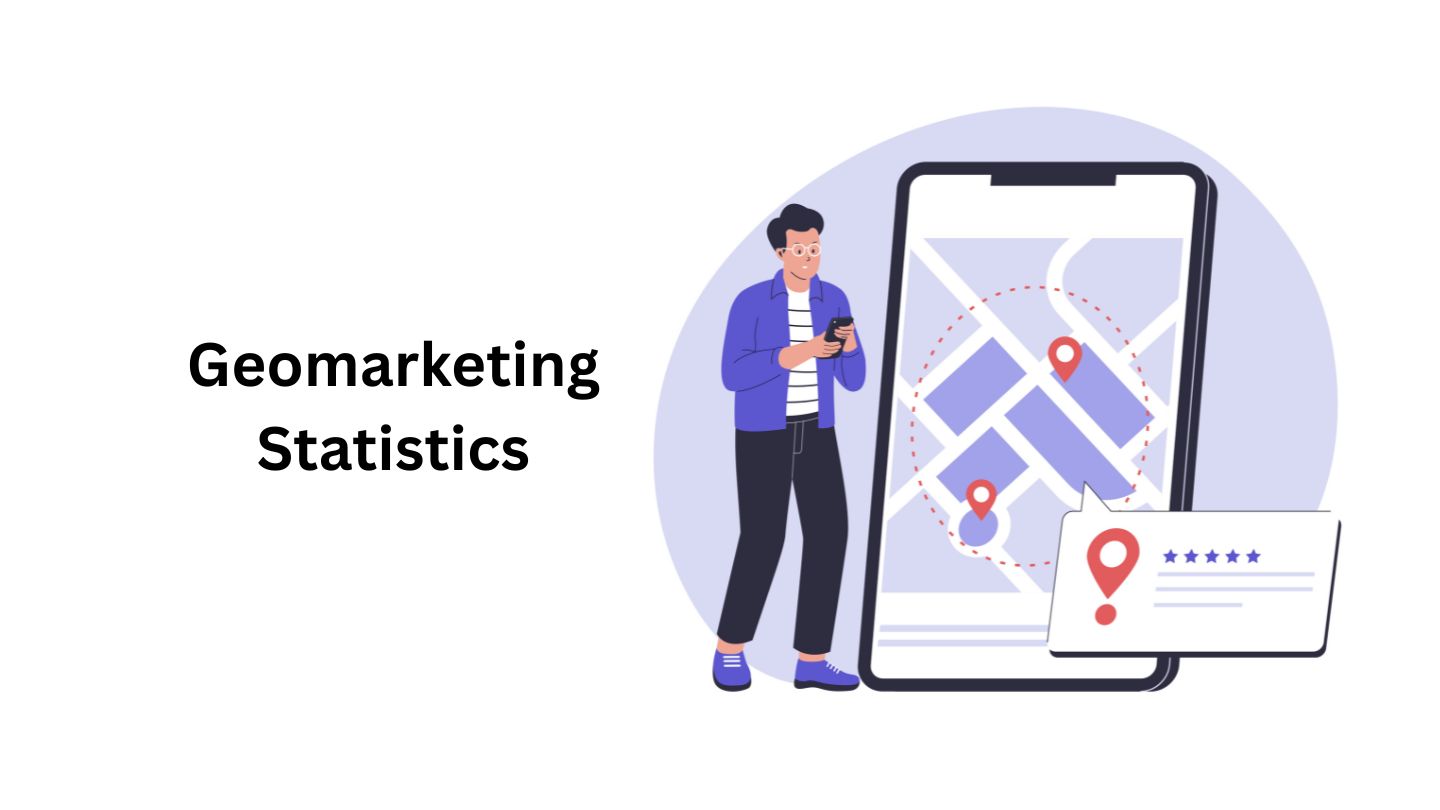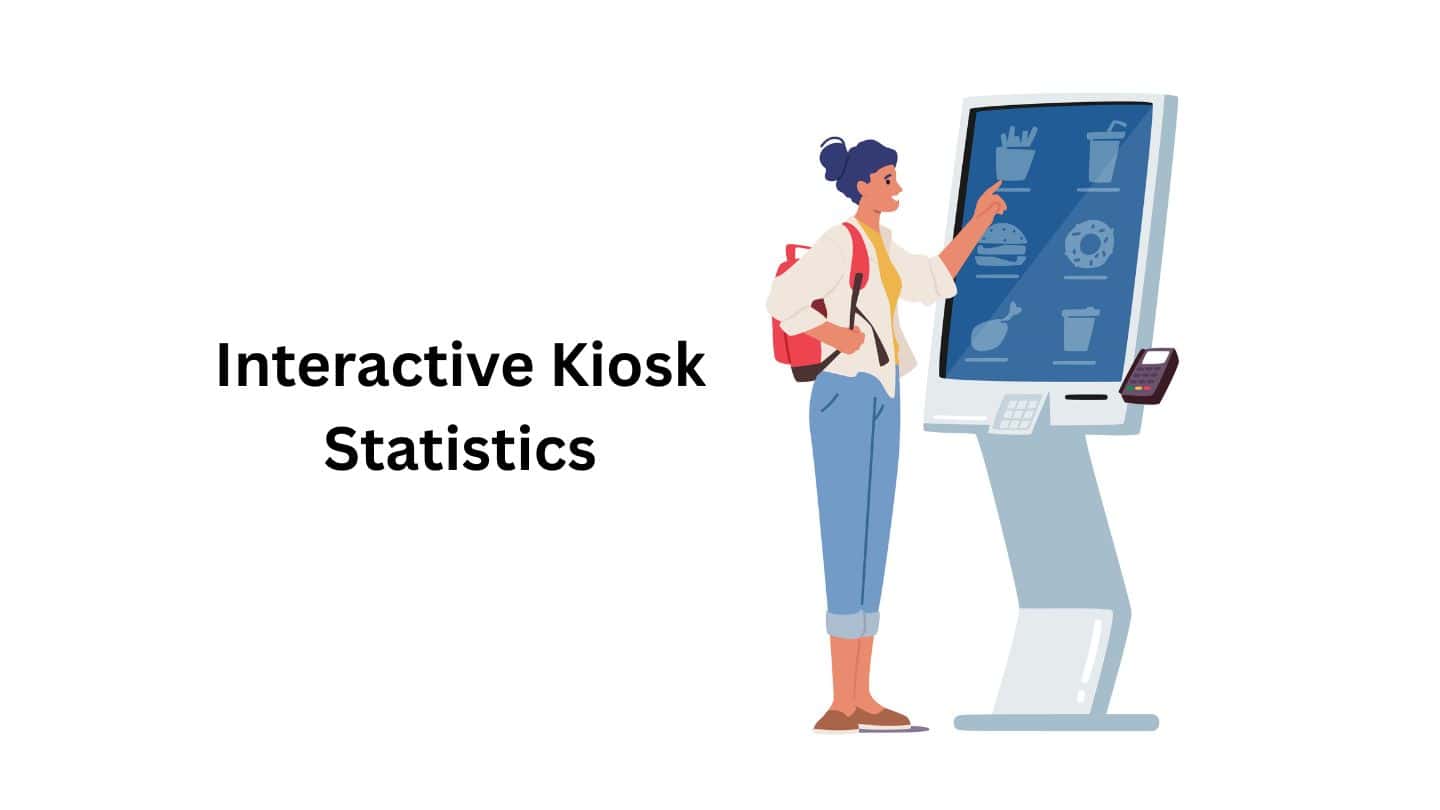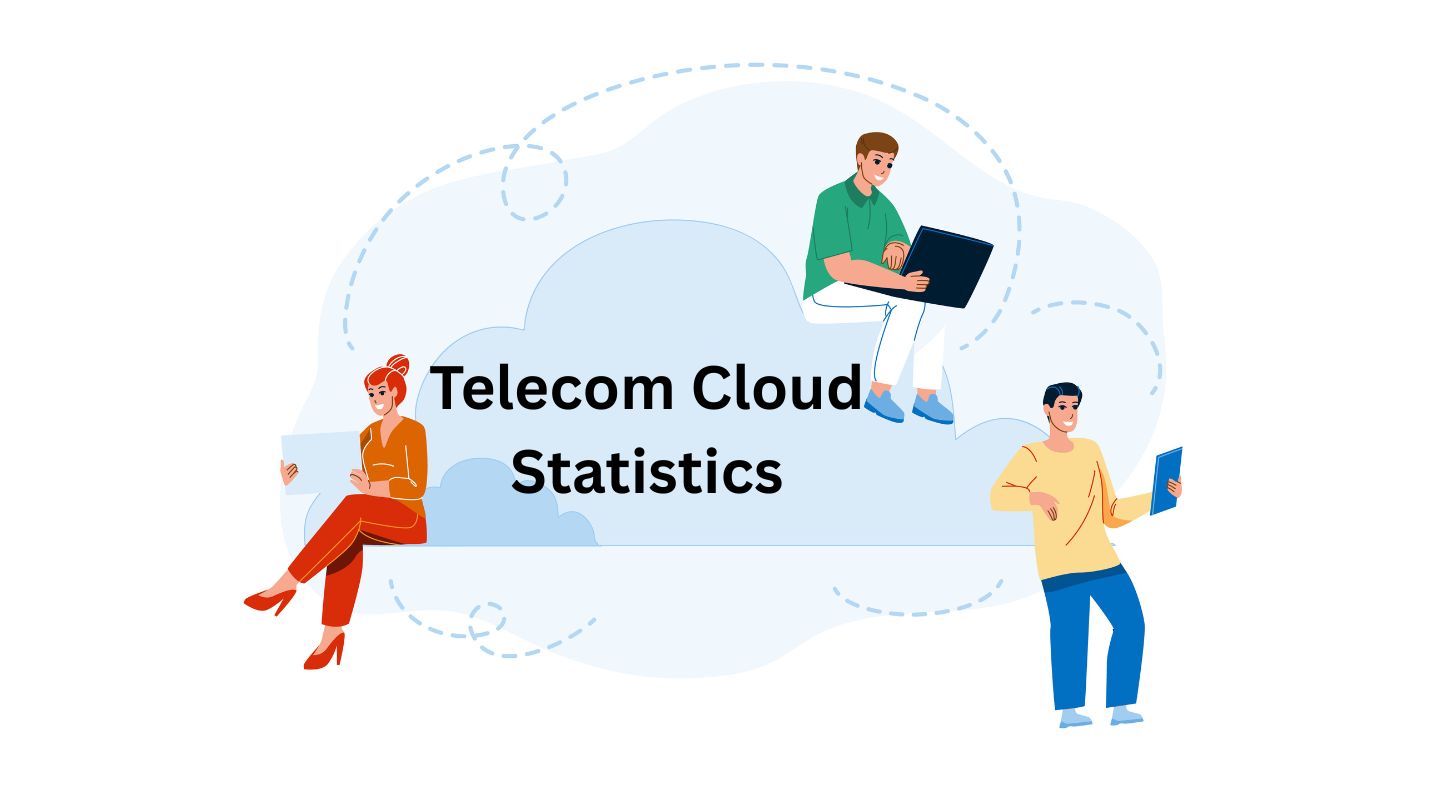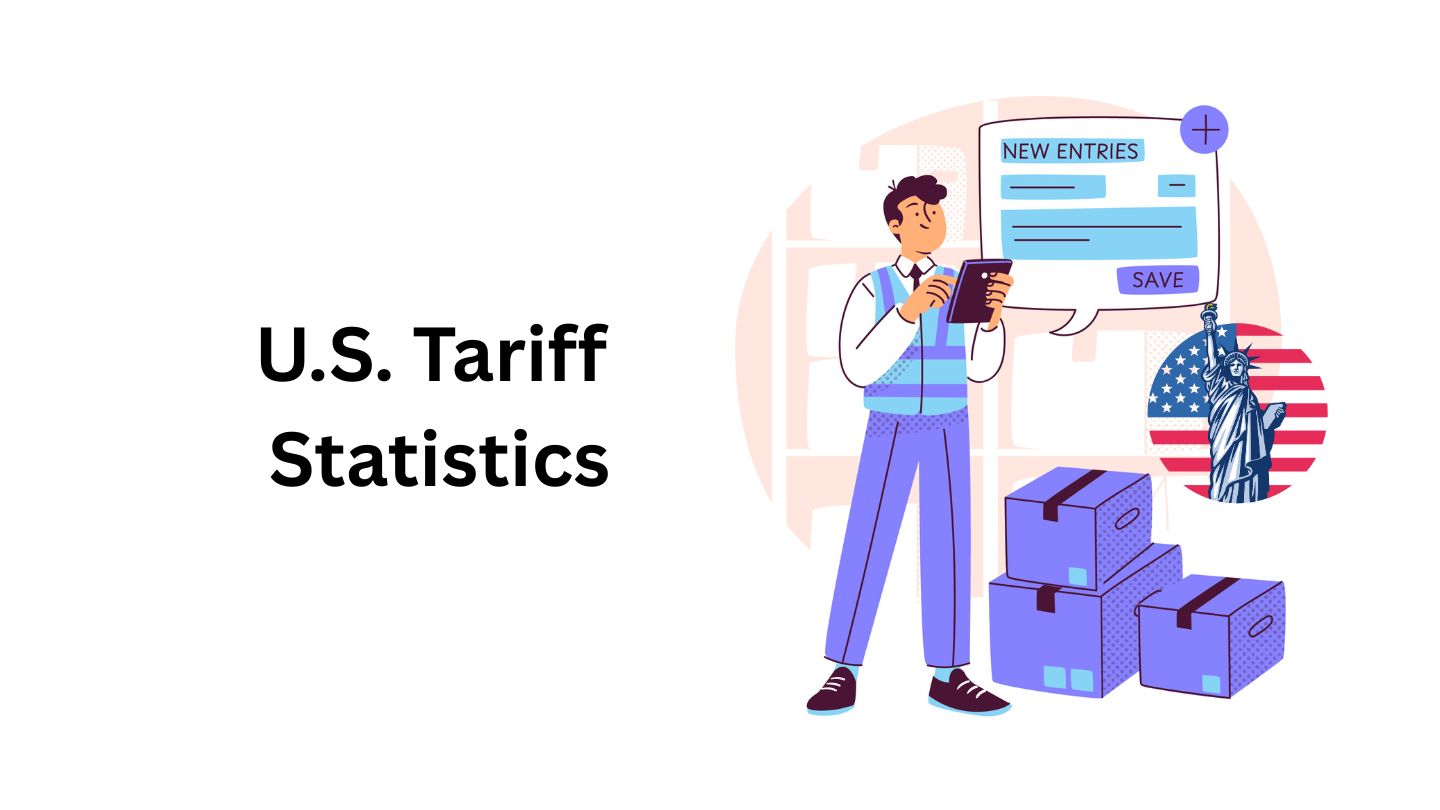Geomarketing Statistics and Facts (2025)

Updated · Apr 23, 2025


TABLE OF CONTENTS
- Introduction
- Editor’s Choice
- General Geomarketing Statistics
- Geomarketing Market Size By Market.us
- Top 5 Main Benefits of Geomarketing
- Geomarketing Statistics by Category
- By User Demographics
- By Application
- By Region
- Regional Insights: Most Active Countries and Cities of Website Visitors
- Positive Impacts of Geomarketing
- Successful 5 Brands Using Geomarketing to Boost Sales Statistics
- Privacy Concerns and Regulations in Geomarketing Statistics
- Sustainable Initiatives of Geomarketing Statistics
- Conclusion
Introduction
Geomarketing Statistics: Geomarketing, the strategic use of location data in marketing, has become increasingly prevalent with the widespread adoption of smartphones and GPS-enabled devices. In 2024, 84% of marketers reported utilizing location data in their campaigns, with 94% planning to continue or expand its use in the future. Despite this high adoption rate, only 24% currently employ location data for measurement and attribution purposes, indicating a significant opportunity for growth in this area.
The primary applications of location data include targeting (67%) and enhancing audience engagement, campaign strategy, and personalization (52%). Furthermore, 90% of marketers have observed increased sales after leveraging location data to enhance ad campaign effectiveness. These statistics underscore the critical role of geomarketing in modern marketing strategies, highlighting its effectiveness in improving customer engagement and driving sales.
Editor’s Choice
- Geomarketing Statistics further states that the global geomarketing market was valued at approximately USD 11.4 billion in 2021 and is projected to reach USD 32.5 billion by 2027, growing at a CAGR of 19.6%.
- Mobile Advertising accounted for around 80% of mobile users, who are more likely to engage with ads tailored to their location.
- Retailers using geomarketing strategies have seen an average increase of 20% in foot traffic to their stores.
- Businesses employing location-based marketing report a 30% higher customer engagement rate compared to those that don’t.
- Location-targeted mobile ads have a click-through rate (CTR) of 2.5%, compared to 0.6% for standard mobile ads.
- Approximately 70% of consumers are willing to share their location information if they receive something of value in return, such as discounts or other incentives.
- Geomarketing Statistics further stated that emails with location-specific content have a 29% higher open rate than those without targeted content.
- Location-based push notifications have a 50% higher open rate compared to non-location-based messages.
- In Event Marketing, companies utilizing geospatial marketing for event promotions have seen a 25% increase in attendance.
- Customer Retention businesses utilising geomarketing have seen a 15% improvement in customer retention rates.
General Geomarketing Statistics
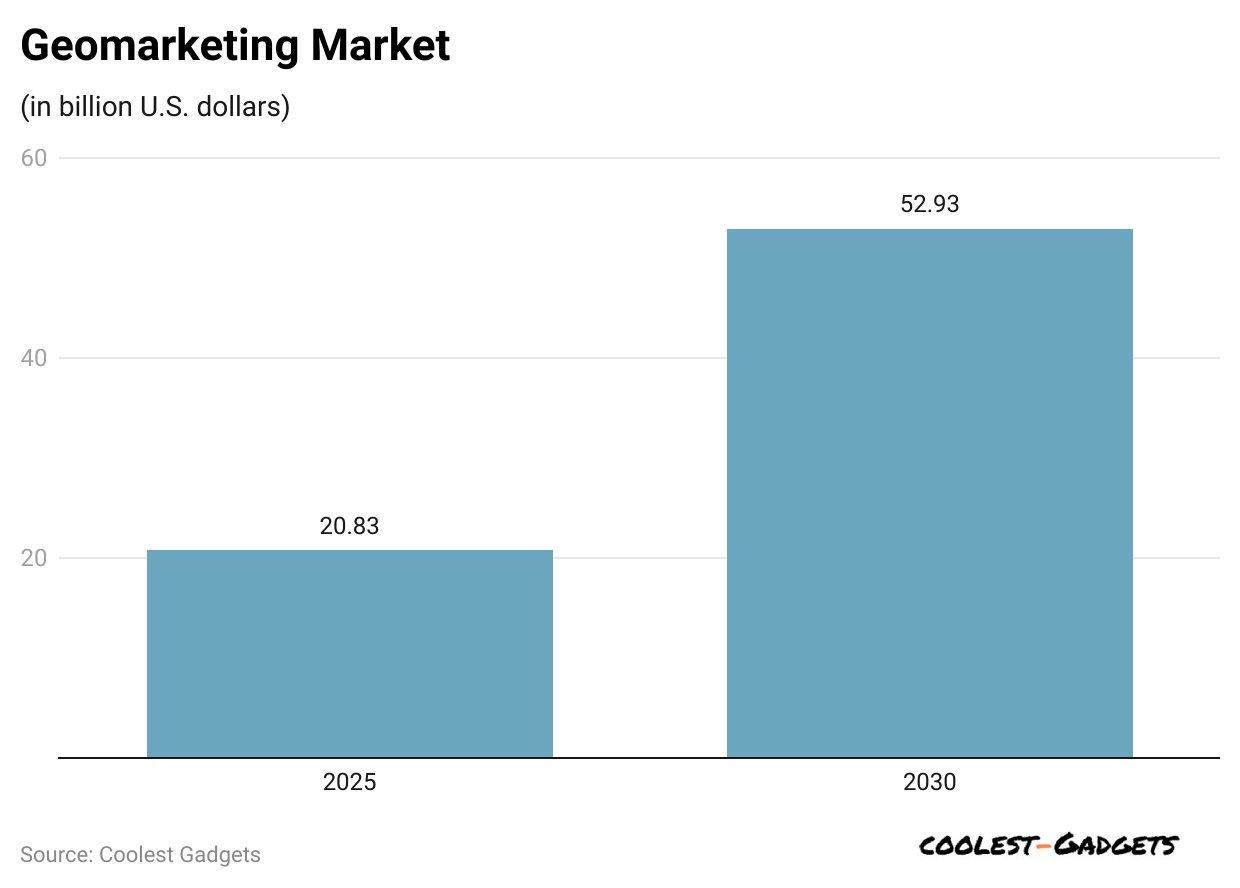 (Reference: mordorintelligence.com)
(Reference: mordorintelligence.com)
- The geomarketing market is projected to reach USD 20.83 billion by the end of 2025, growing at a compound annual growth rate (CAGR) of 20.5%.
- The main companies leading the geomarketing market include Microsoft, IBM, Oracle, Google, and Cisco Systems.
- According to Cisco Systems in 2023, there could be 5.7 billion mobile subscriptions worldwide.
- Meanwhile, from 2018 to 2023, mobile usage has increased at a rate of approximately 2% per year.
- Nearly 70% of people are open to receiving offers based on their location.
- Geomarketing Statistics reports that, additionally, since nearly 60% of online searches occur on phones, using location-based targeting is now more crucial than ever.
- In 2023, North America generated the largest share of revenue in the geomarketing market, accounting for approximately 38% of total sales.
- Meanwhile, the Asia Pacific is expected to grow at the fastest rate from 2024 to 2032, with a compound annual growth rate (CAGR) of 25.19% per year.
- The Location-Based Marketing Association states that one in four marketing dollars now goes to mobile ads that utilise location data.
- Additionally, over half of all brands utilise this data to reach their customers more effectively.
- Experian Marketing Services found that emails tailored specifically to the customer can lead to six times more purchases compared to regular emails.
- Campaign Monitor reports that segmenting email lists, a process known as segmentation, can increase sales by up to 760%.
Geomarketing Market Size By Market.us
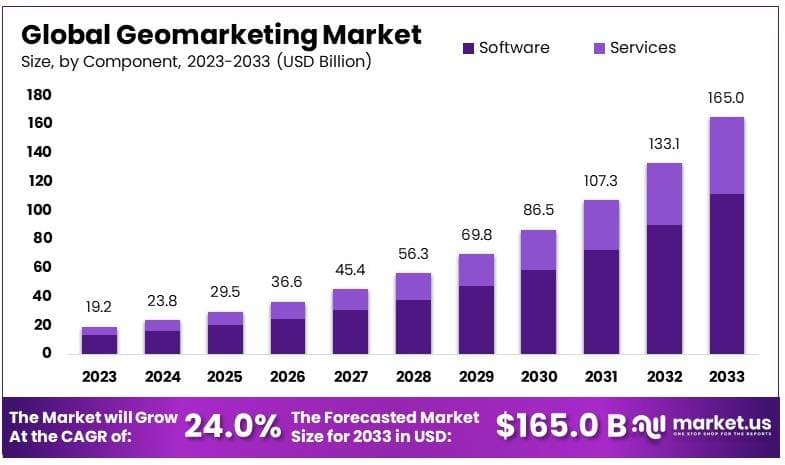 (Source: shortpixel.ai)
(Source: shortpixel.ai)
- The Global Geomarketing Market was valued at USD 19.2 billion in 2023 and is projected to reach USD 165.0 billion by 2033, growing at a CAGR of 24.0% from 2024 to 2033.
- In 2023, the Software segment dominated the component category, accounting for 67.5% of the total market share, due to its critical role in enabling location-based marketing tools.
- The On-Premise deployment mode held a leading position in 2023 with a 55.1% share, preferred by industries that require tighter control over sensitive data.
- The Outdoor location type led the market in 2023 with a 65% share, reflecting its effectiveness in capturing large audiences in physical spaces.
- In the same year, the Retail and E-Commerce sector held the largest share among industry verticals at 28.8%, driven by the increasing use of location-targeted campaigns.
- North America emerged as the dominant regional market in 2023, capturing 36.4% of the global share, attributed to its mature digital infrastructure and high adoption of advanced marketing technologies.
- Approximately 80% of marketers in 2023 integrated location data into their marketing strategies, underscoring its growing influence on campaign effectiveness.
- 25% of total marketing budgets were allocated to mobile marketing using location data, as reported by the Location Based Marketing Association.
- Over 50% of brands utilized location-based data to enhance customer targeting, demonstrating the widespread industry reliance on geospatial intelligence.
- According to Experian Marketing Services, personalized emails deliver 6 times higher transaction rates compared to generic messages.
- Campaign Monitor reported that email segmentation can result in a 760% increase in revenue, showcasing the financial potential of combining personalization with location-based strategies.
Top 5 Main Benefits of Geomarketing
| Benefit | Statistics |
| Better Targeting |
Approximately 80% of marketers utilize location data to enhance their targeting. |
|
Higher Engagement |
Location-based marketing can boost campaign performance by up to 80%. |
| Increased Store Visits |
53% of shoppers visited a store after receiving a location-based alert. |
|
Improved Marketing Efficiency |
Retailers use geomarketing to understand customer foot traffic and optimise store layouts. |
| Competitive Advantage |
Almost 75% of marketers believe location-based marketing is essential to their strategy. |
Geomarketing Statistics by Category
- Location-based advertising captured around 70% of consumers who are open to offers based on their location.
- About 60% of online searches are conducted on mobile devices.
- Implementing geofencing can increase the likelihood of a user visiting a store by up to 100% after they have seen a location-based advertisement.
- Optimising search results with geolocation has resulted in twice as many clicks compared to standard advertising methods.
- Personalised marketing holds that around 73% of customers expect companies to understand their individual needs.
- As of 2024, software tools generated the most revenue, accounting for around 69% of all sales.
- However, from 2024 to 2032, services are expected to grow at the fastest rate, increasing by approximately 24.93% annually.
- Geomarketing Statistics also show that outdoor advertising methods were the largest earners in 2023, accounting for roughly 61% of the market.
- Additionally, indoor solutions are expected to expand at the fastest rate, with a yearly growth rate of 39% up to 2032.
- In terms of industries, retail and online shopping led the way in 2023, accounting for 30% of the market.
- However, travel and hospitality are expected to grow at the fastest rate, increasing by approximately 27.84% annually through 2032.
By User Demographics
- According to predikdata.com, about 60% of consumers use their smartphones to search for products or services based on their current location.
- Individuals aged 25 to 34 are the most active users of location-based marketing services.
- Women aged 16 to 24 spend nearly 3 hours daily on social media, often interacting with location-based content.
- Geomarketing Statistics further stated that approximately 70% of consumers expect businesses to provide personalised experiences based on their location.
- Around 68% of companies have adopted location-based marketing strategies to drive growth.
- 54% of smartphone users make purchases influenced by location-specific advertisements.
By Application
- Geomarketing Statistics in 2024 indicate that the Application segment of the global geomarketing market is valued at USD 57.67 billion.
- Urban development is one of the top areas in this segment, expected to grow from USD 14.5 billion in 2024 to around USD 20.9 billion by 2035.
- The field of environmental monitoring is projected to reach USD 15.2 billion by 2024 and is expected to increase to approximately USD 22.1 billion by 2035.
- Spending on disaster response and planning is increasing, starting at USD 12.3 billion and projected to grow to USD 18.0 billion by 2035.
- Natural resource management is also growing fast, expected to increase from USD 15.67 billion in 2024 to USD 24.2 billion in ten years.
By Region
- Geomarketing Statistics: In 2024, North America is expected to lead the geomarketing market with a value of USD 22.5 billion.
- Europe comes next, with its market reaching around USD 15.0 billion, thanks to the strong use of new technology and eco-friendly marketing methods.
- The Asia Pacific (APAC) region follows, valued at approximately USD 12.5 billion, primarily due to the increasing number of people living in cities and substantial spending on smart city plans.
- South America, the Middle East, and Africa (MEA) are expected to see smaller but notable contributions, valued at USD 4.5 billion and USD 3.17 billion, respectively, indicating steady interest in geomarketing.
Regional Insights: Most Active Countries and Cities of Website Visitors
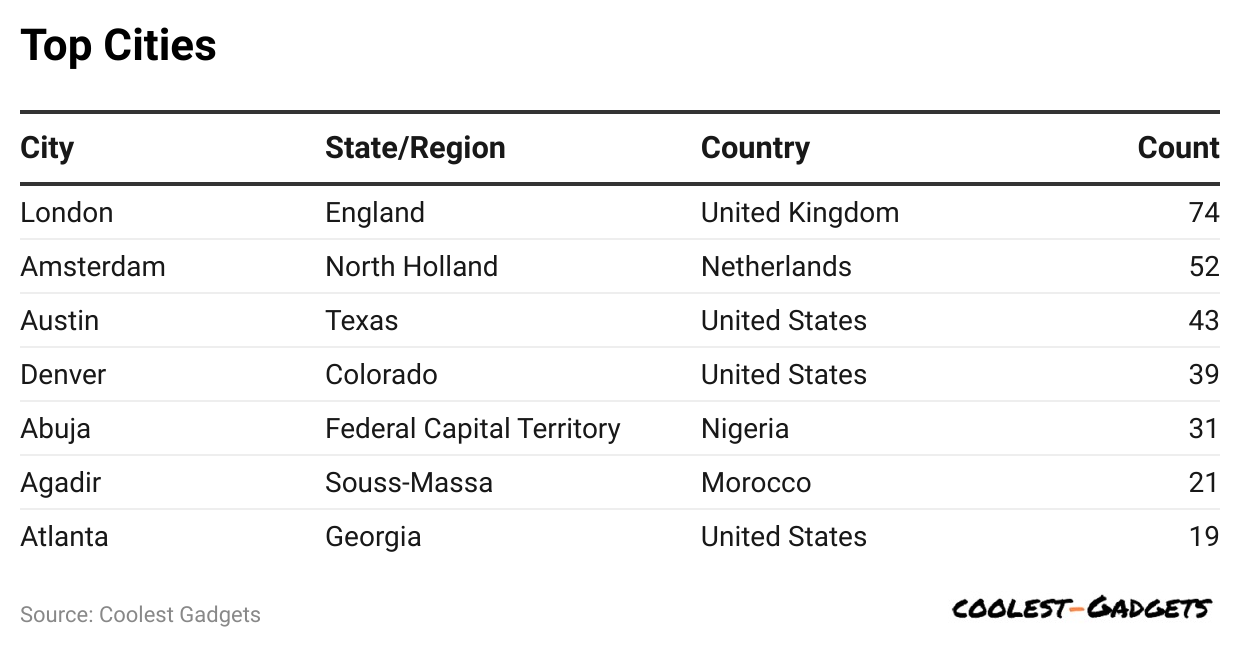 (Reference: monsterinsights.com)
(Reference: monsterinsights.com)
Positive Impacts of Geomarketing
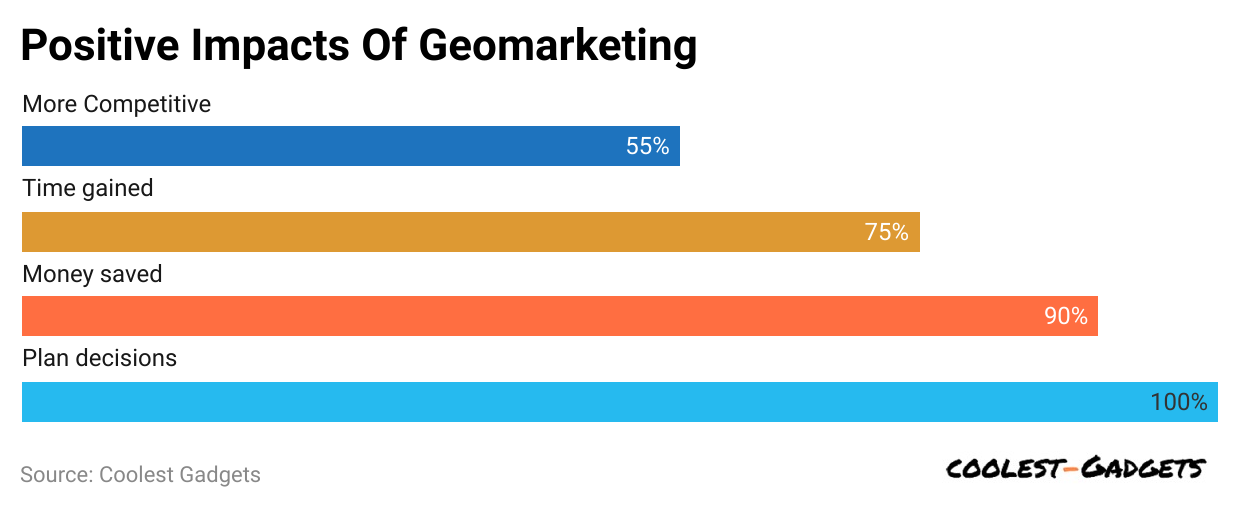 (Reference: urbistat.com)
(Reference: urbistat.com)
- Geomarketing statistics state that this is a modern approach to analysing business in a territory, making it 55% more competitive.
- Furthermore, other positive impacts of Geomarketing include time gained (75%), money saved (90%), and the ability to make effective plan decisions (100%).
Successful 5 Brands Using Geomarketing to Boost Sales Statistics
- McDonald’s: Achieved a 20% increase in mobile app orders within geofenced zones.
- Starbucks: Reported a 15% rise in in-store visits from app users receiving location-specific promotions.
- Nike: Saw a 25% boost in foot traffic to stores in event-hosting cities.
- Domino’s: Experienced a 30% increase in repeat orders through their mobile app.
- Sephora: Noted a 22% uptick in sales from customers interacting with in-store navigation features.
Privacy Concerns and Regulations in Geomarketing Statistics
- Only 23% of U.S. smartphone users feel they have control over their online data, with 40% expressing concern about how companies use their personal information.
- Last year, approximately 34% of Americans experienced a data hack or breach, highlighting the prevalence of online security issues.
- By 2024, 138 countries had enacted privacy laws to protect people’s data better better worldwide.
- Large organisations are projected to allocate over USD 2.5 million annually to privacy budgets by the end of 2024, indicating increased focus on data protection.
- Approximately 63% of Americans admit to knowing little or nothing about existing data privacy laws, highlighting a gap in public awareness.
- A significant 94.1% of businesses believe it is possible to balance data collection for marketing purposes with respect for customer privacy.
Sustainable Initiatives of Geomarketing Statistics
- Businesses utilising geomarketing software can reduce fuel consumption and greenhouse gas emissions by optimising delivery routes.
- Approximately 80% of marketers incorporate location data into their strategies.
- Products marketed as sustainable have experienced a growth rate 2.7 times higher than those without such claims.
- Eco-friendly products now make up 17% of the total market value.
- Nearly 55% of people say they’re ready to spend more on sustainable choices.
Conclusion
Geomarketing statistics enable businesses to understand where their customers are, how they shop, and which areas generate the most profit. By utilising maps and location data, companies can make more informed decisions about where to open stores, place ads, or deliver services. This helps save money and reach the right people more easily.
Overall, geomarketing enables more accurate and successful business decisions by revealing the direct connection between location and customer behavior.
Sources
FAQ.
Geomarketing enables businesses to identify the most effective locations for selling or advertising by leveraging location and customer data.
Geomarketing utilises location data to enable businesses to target customers effectively and plan where to sell or advertise their products.
Businesses, retailers, and marketers utilise geomarketing to locate customers, plan store locations, and refine local advertising strategies.
Geomarketing utilises tools such as GPS, maps, location data, and specialised software to pinpoint and target customers in specific geographic areas.
Yes, geomarketing helps online sales by displaying ads or offers to people based on their location or where they visit.

Joseph D'Souza started Coolest Gadgets in 2005 to share his love for tech gadgets. It has since become a popular tech blog, famous for detailed gadget's reviews and companies statistics. Joseph is committed to providing clear, well-researched content, making tech easy to understand for everyone. Coolest Gadgets is a trusted source for tech news, loved by both tech fans and beginners.



